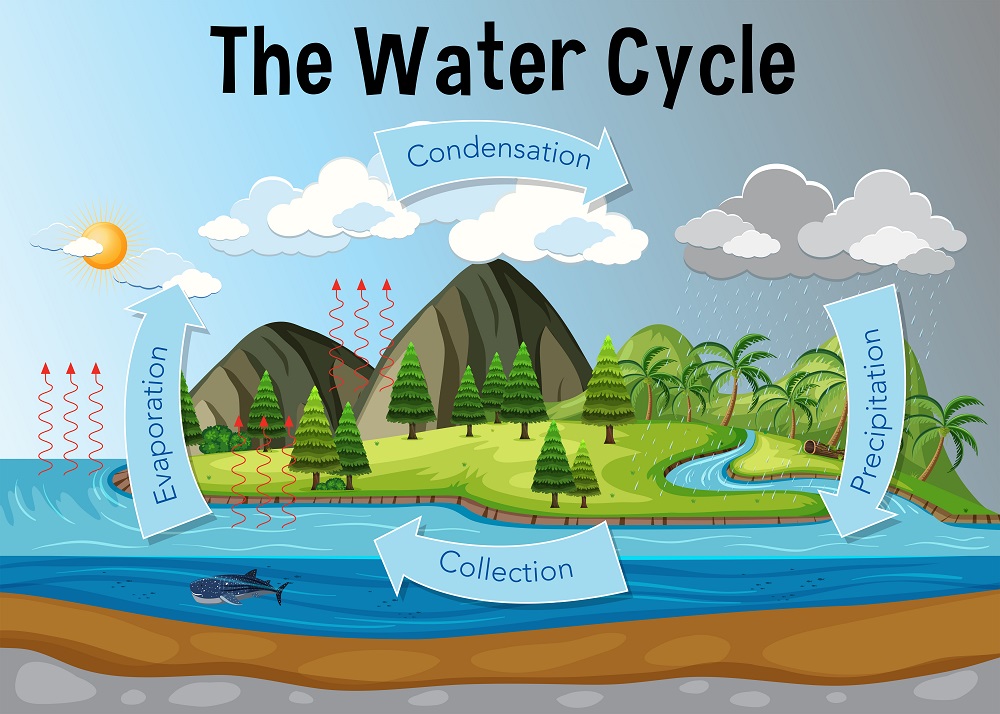This week we will explore some introductory geography ideas with songs & experiments. Have fun and encourage exploration!
Experiments with water
1. The shape of water
- Concept: Liquids take the shape of their container
- Supplies: containers of different sizes and shapes, water
2. Where does rain go? (Demo video)
- Concept: Water flows downhill
- Supplies: watering can, pitcher or container of water

- Concept: Liquid water evaporates into the air (yes, 4-6 year olds can understand this concept!)
- Supplies: 2 identical containers, measuring dish, lid or plastic bag & rubber band (to cover one of the containers)
- Learning about Earth
Land & Water - on the sandpaper globe
The earth is made up of land and water, and more of it is water than land. Here's a song (tune: My bonnie)
The Earth is covered with oceans;
The Earth is covered with seas;
The Earth is covered with oceans;
More water than land, you can see
Water, water, there's water all over the world, the world
Water, water, there's water all over the world.
(connection video)
- What are things that all people need?
- Where do they come from? Everything can be traced back to Natural Resources that come from the earth!
- Try going on a gratitude walk today - what do you notice in our amazing world that you feel grateful for?
This video also introduces cone, cube, sphere, cylinder, and rectangular prism
- What are things your family ALREADY does to care for the earth?
- What are some ideas of other things you could do?
Where does the rain come from? And how does it get there? A kid-friendly introduction to the water cycle.
(This video includes the watercycle chant, 7 continents song, and a counting song - 5 green & speckled frogs)
We do many songs and rhythms to help children remember vocab and concepts. You'll be amazed what young children are capable of!
Liquid to gas is evaporation;
Gas to liquid is condensation;
When it falls down, it's precipitation!
There are 7 continents;
Asia, Europe, Africa
Australia, North America,
South America, Antarctica
(Once your child has mastered the 7 continents, add the oceans!)
There are 5 oceans;
At-lantic ocean
Pacific and Indian oceans,
Arctic and Southern oceans
Think like a scientist:
Kids often have lots of questions! Encourage your child to ask questions about the world around them,. Try not to just give them an answer, but ask them questions back to help them think about it and come up with some of their own "hypothesis" first. Is there a way to test their idea or research to find the answer?
Your curious kid might enjoy the "
But Why?" podcast
















































































